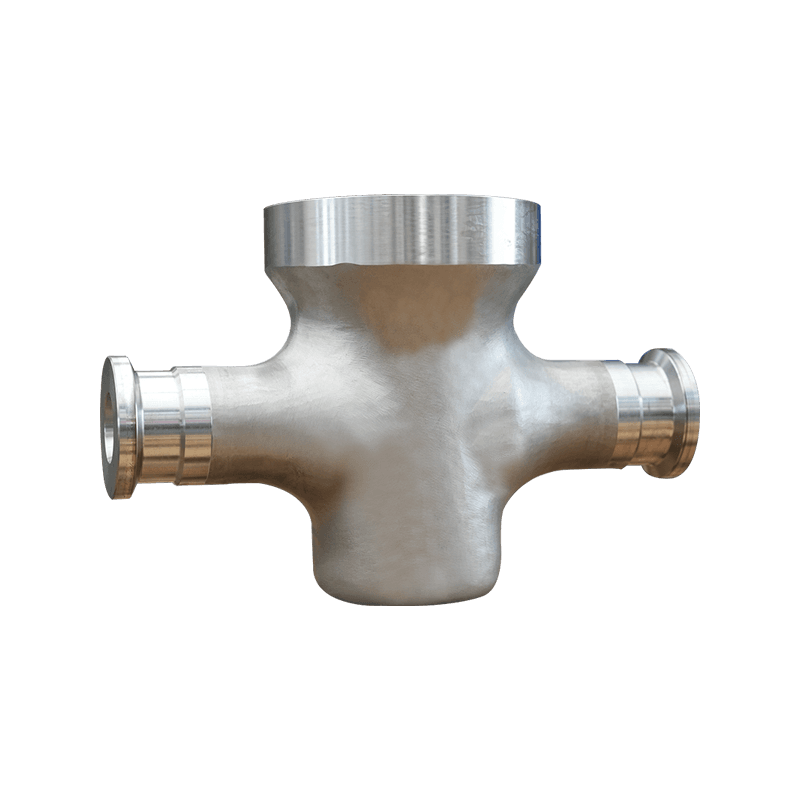Ball valves are a type of quarter-turn valve that use a hollow, perforated, and pivoting ball to control the flow of a liquid or gas. Their simple design, durability, and excellent shutoff capabilities make them a popular choice for a wide range of applications, from domestic plumbing to industrial processes. Understanding the different ball valve parts is crucial for proper selection, maintenance, and troubleshooting.
The Main Components
While the specific design can vary, most ball valves consist of several key components that work together to achieve their function.
- Body: This is the main housing of the valve that contains all the internal parts. It’s the part that is connected to the piping. The body can be made from a variety of materials, including brass, stainless steel, PVC, or composite plastics, chosen based on the application’s pressure, temperature, and media compatibility requirements.
- Ball: The heart of the valve, the ball is a spherical component with a bore or hole through its center. When the valve is open, the hole is aligned with the pipe, allowing fluid to flow through. When the valve is closed, the ball is rotated 90 degrees so that the hole is perpendicular to the pipe, blocking the flow. The bore can be full port (the same diameter as the pipe), standard port (slightly smaller), or reduced port (significantly smaller).
- Stem: The stem is the component that connects the handle to the ball. When the handle is turned, it rotates the stem, which in turn rotates the ball to either open or close the valve. The stem must be strong enough to withstand the torque required to turn the ball, especially under high-pressure conditions.
- Seats: The seats are rings that are positioned between the ball and the valve body. They provide a tight seal to prevent leakage when the valve is in the closed position. Ball valve parts like the seats are critical for a tight shutoff. They are typically made from soft materials like PTFE (Teflon), nylon, or PEEK, which provide excellent sealing properties. For high-temperature or abrasive applications, metal seats may be used.
- Packing/O-Rings: Located around the stem, the packing or O-rings create a seal between the stem and the valve body to prevent fluid from leaking out of the valve. The quality and material of these seals are essential for a long-lasting, leak-free operation.
Additional Features and Parts
Depending on the specific valve design and application, other ball valve parts may be included:
- Handle/Lever: This is the external component that the user operates to turn the valve on or off. Handles are typically a lever that indicates the valve’s position (in line with the pipe for open, perpendicular for closed).
- Bonnet: The bonnet is the part that screws onto or is bolted to the body to contain the internal components, particularly the stem and packing. It provides a means to access and maintain the internal parts.
- End Connections: These are the parts of the valve that connect to the piping system. Common types include threaded (NPT), flanged, welded, and solvent-welded (for PVC). The choice of end connection depends on the piping material, pressure rating, and ease of installation.
Conclusion
A deep understanding of the various ball valve parts is essential for anyone working with fluid control systems. The body, ball, stem, and seats are the core components that define the valve’s function and performance. The material selection and design of each part are carefully engineered to meet the demands of a specific application, ensuring reliable and safe operation. Whether you are a plumber, an engineer, or simply a DIY enthusiast, recognizing these components will empower you to make informed decisions about valve selection and maintenance.

 English
English русский
русский

